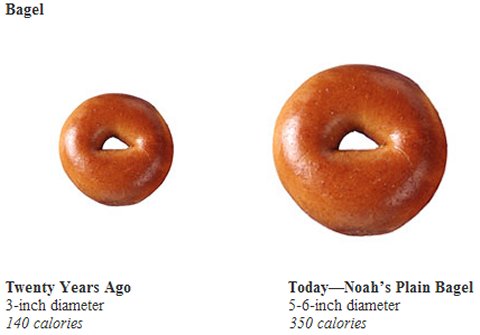This may provide some clues to obesity, as tests show that some people can detect fat at much lower concentrations . . . and therefore consume less:
It’s a theory set to confirm why humans are so fond of fatty foods such as chips and chocolate cake: in addition to the five tastes already identified lurks another detectable by the palate — fat.
“We know that the human tongue can detect five tastes — sweet, salty, sour, bitter and umami (a savoury, protein-rich taste contained in foods such as soy sauce and chicken stock),” Russell Keast, from Deakin University, said Monday.
“Through our study we can conclude that humans have a sixth taste — fat.”
Researchers tested 30 people’s ability to taste a range of fatty acids in otherwise plain solutions and found that all were able to determine the taste — though some required higher concentrations than others.
[. . .]
The results, published in the British Journal of Nutrition, have not definitively classified fat as a taste but Keast says the evidence is strong and mounting.
For something to be classified as a taste there needed to be proven receptor mechanisms on taste cells in the mouth, he said.





